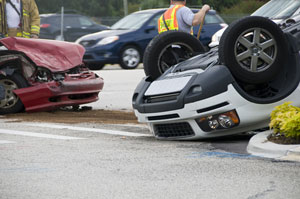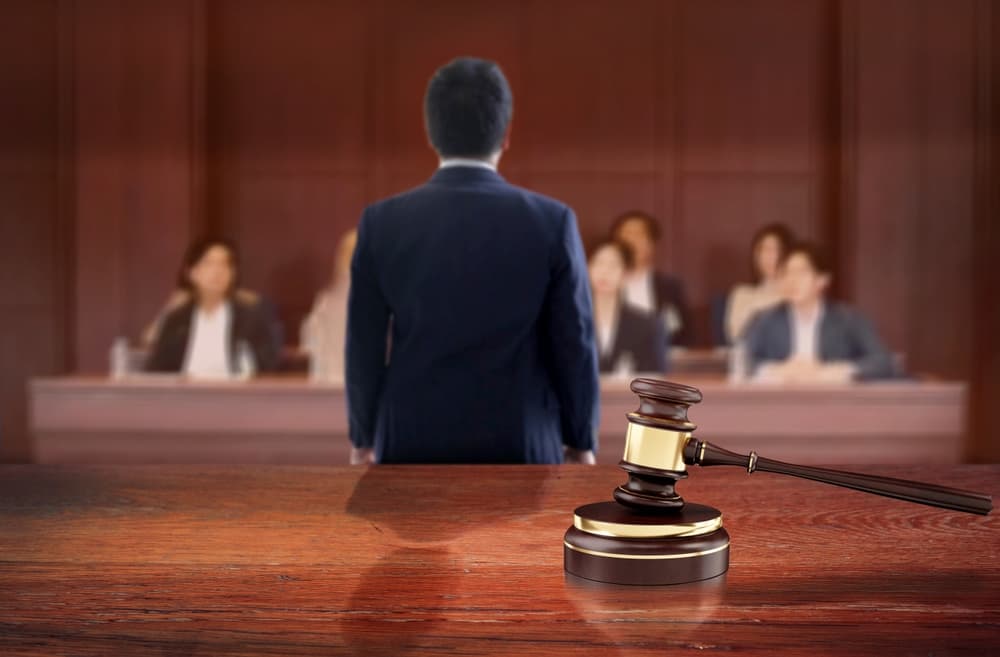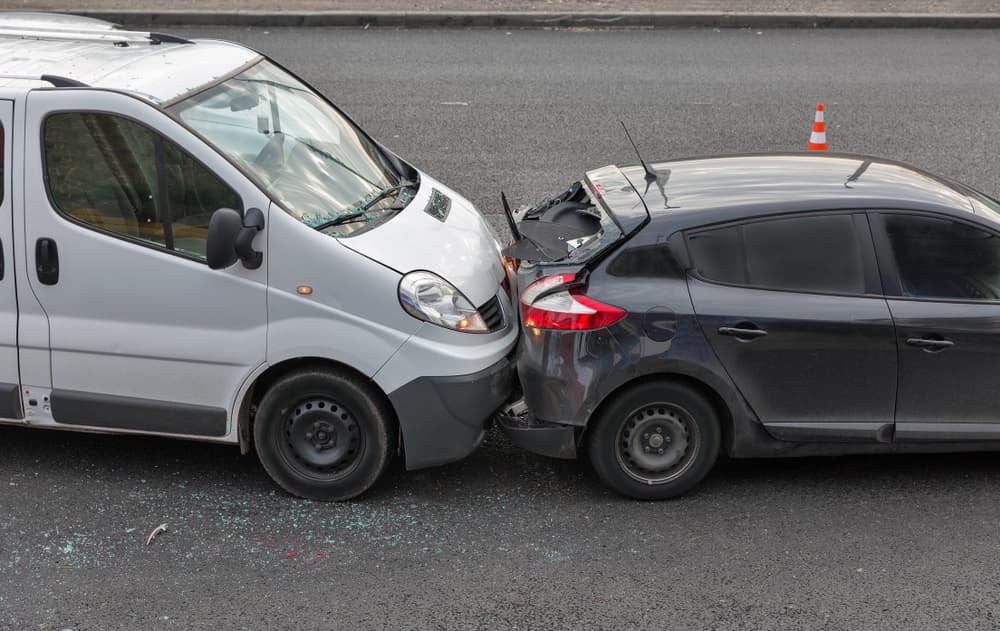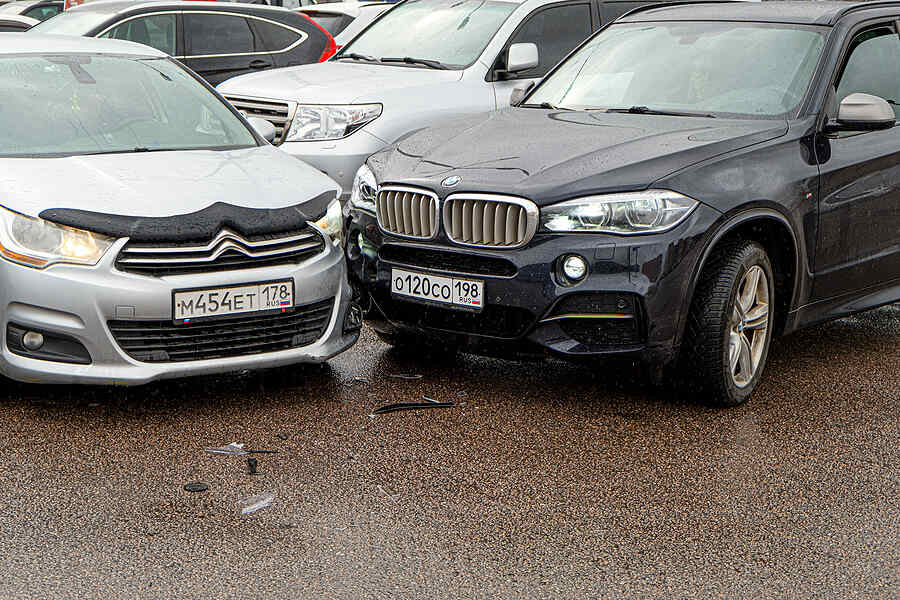
When you get in a wreck, if you were not at fault, you can collect compensation to cover medical expenses and other costs and expenses, including lost wages and pain and suffering.
However, before you can collect against the other driver—the defendant—you have to show that person was at fault in the accident.
Chicago car accident lawyers have many ways to tell who was at fault.
The Police Report
Police get a lot of experience investigating accidents. In one recent year, Illinois had 318,146 motor vehicle wrecks. Of these, 67,453 were injury crashes and 951 were fatal crashes.
When the police come, they will speak with you and the other people involved in the wreck, any witnesses, and they will look at the vehicles. They may add whom they think is at fault in the police report from the information they get, but it doesn’t mean that the person they say is at fault. Police officers check to see if any laws were violated, such as running a stop light or sign, making an illegal left turn or U-turn, or other traffic infractions.
Broken laws help police and investigators determine fault in an accident. However, sometimes you may have a “he said, she said” situation. You might say your light was green, but the other driver might say she had the green light. In this case, witnesses might help with determining who was in the wrong.
Damage to Vehicles
The damage to both vehicles often tells the whole story, but in some cases, it might be difficult to determine fault by looking at the damage. For example, in a head-on collision with no skid marks, and both vehicles propelled off the road, it might be difficult to tell who was in the wrong lane. On the other hand, some types of damage point directly to the at-fault person.
If the rear of your car shows damage and the front of the other driver’s car shows damage, chances are the other driver is at fault. A rear-end collision is rarely the front driver’s fault. If you have damage to your vehicle in the front and the other driver has damage to the right front of his vehicle, the other driver is probably at fault.
In some cases, it is best to investigate the accident, especially if you suffer from catastrophic injuries or you lost a loved one in an accident. Investigators might look at factors such as:

- The angle of the steering wheel—was the vehicle turning or trying to avoid an accident?
- The headlights—were they on or off and was it raining or after dusk?
- Did the ABS brake system work properly? Did the brakes lock up?
- Does it look like one vehicle suddenly accelerates?
- Where is the point of impact? What relation does it have to the position of the vehicles and the type of road or intersection where the accident happened?
Insurance Adjusters
An insurance company will send an adjuster to look at the damage. An insurance adjuster will attempt to assign fault. However, just like insurance lawyers, your car accident lawyer may want to hire an investigator to properly determine fault for the accident if there is contested liability, catastrophic injuries and significant insurance policies involved. The insurance company is going to do what it can to make sure it doesn’t have to pay out, or so that it pays out as little as possible. Retaining your own accident investigator ensures that you have a chance to show the other person was at fault.
Without proving negligence or intent, collecting on a claim for damages is unlikely. Additionally, you may need an expert investigator if you are trying to show that the other driver’s actions were grossly negligent or intentional. A car accident lawyer can discuss whether your case requires an investigator.
Preserving Evidence
Although the police will take pictures of the accident scene, you should also take pictures, if you are able. Take pictures:
- From a distance and from all angles, showing the position of the vehicles;
- Of skid marks from both vehicles;
- Of damage—but do not get the pictures so close that you cannot tell what the damage is; and
- Of damage to traffic signs, cones, guardrails, power poles and other items that might show damage.
You should also take pictures inside your vehicle if anything is damaged inside.
Part of preserving evidence is getting medical attention. Even if you believe you are not seriously hurt, you should have doctors check you out to ensure that you don’t have internal injuries that could remain hidden for several days. If you have bruises and scratches, take pictures of them and other physical damage to your body. Carefully documenting the scene, as well as your injuries, can greatly help in determining fault for the accident.
Punitive Damages
If you ask for punitive damages, as the plaintiff, you are additionally responsible for showing that the defendant was grossly negligent or his or her actions were intentional. The police report gives the jury some clues, such as whether the defendant was driving under the influence, speeding, driving distracted or otherwise driving in a negligent manner.
Witness testimony at the accident scene and relayed through the police report might be used, and witnesses may also testify at the trial. Witness testimony might go in your favor if the witness saw the defendant driving erratically, running a light, or otherwise breaking the law or driving in a reckless manner.
Proving the other party was at fault for the accident may be enough to claim ordinary damages; punitive damages, however, often require more evidence, as well as evidence that isn’t obvious at first glance.
Helping Your Case
In many cases, your injuries might preclude you from taking actions that help your case. However, if you are able, remember to take certain actions at the accident scene and after the accident:
- Take pictures of the accident scene;
- Get contact information from any witnesses;
- Take notes on what witnesses might have seen;
- Get the other driver’s contact information, and his or her insurance and registration information;
- Make a note of the color and make of the other vehicle;
- Take your own notes as to what you remember happening, including whether your light was green, red or yellow, if you slammed on your brakes and actions you might have taken to avoid the accident; and
- Get medical attention and keep copies of any documents and diagnoses.
All of these actions can help determine who hit whom following a car accident. Beyond this, an experienced car accident attorney can also make him or herself a substantial asset in proving fault for the accident, as well as ensuring an evidentiary basis for any damages to which the law may entitle you.
Abels & Annes, P.C.
100 N LaSalle St #1710
Chicago, IL 60602
(312) 924-7575



